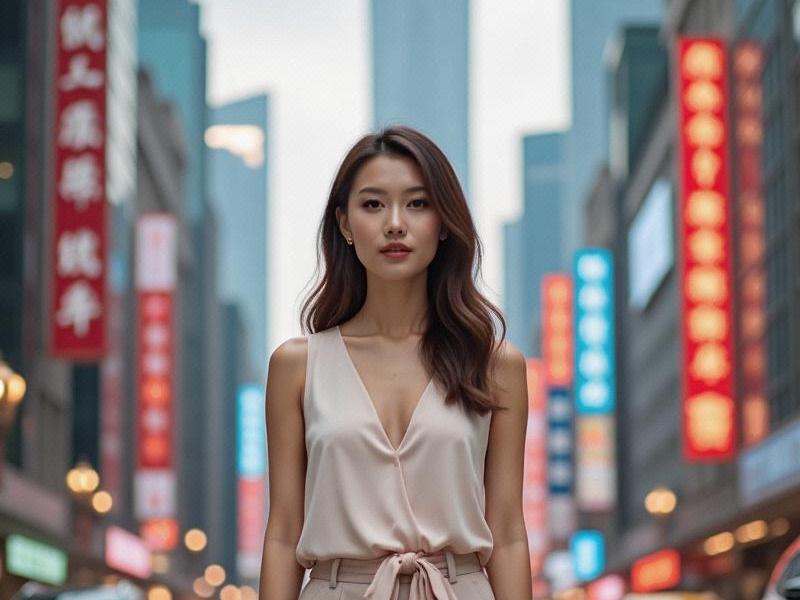
Section 1: The New Golden Age
- Historical context: From 1930s jazz clubs to 21st century super clubs
- Market valuation: ¥28.7 billion industry with 22% annual growth (Shanghai Tourism Bureau 2025)
- Case study: The Bund's revitalized entertainment corridor
Section 2: Architecture of Pleasure
- Design trends in premium venues: Fusion of Art Deco and futurism
- Technology integration: AI concierges and AR entertainment systems
- The "hidden door" phenomenon: 68% of high-end clubs maintain unmarked entrances
上海龙凤419足疗按摩 Section 3: Clientele Dynamics
- Corporate entertainment vs. private social circles
- The rise of female-focused luxury lounges
- International visitor patterns pre/post-pandemic
Section 4: Cultural Negotiation
- Traditional Chinese banquet culture in modern settings
- Crossover with performing arts: Kunqu opera meets electronic music
- Regulatory navigation in China's evolving entertainment policies
上海龙凤419社区 Business Insights
- Average spend per customer: ¥2,800-¥15,000
- Membership models and their evolution
- Staff training programs blending mixology with cultural diplomacy
Global Comparisons
- Shanghai vs. Hong Kong vs. Tokyo nightlife economies
- How Western club concepts adapt to Chinese contexts
上海私人外卖工作室联系方式 - The "Shanghai Model" of integrated entertainment complexes
Future Projections
- Impact of Gen Z preferences on venue designs
- Sustainability initiatives in luxury nightlife
- Predicted market consolidation and premiumization
Shanghai's entertainment landscape represents a unique laboratory where global luxury standards adapt to Chinese cultural contexts, creating hybrid experiences that increasingly influence nightlife trends across Asia.
